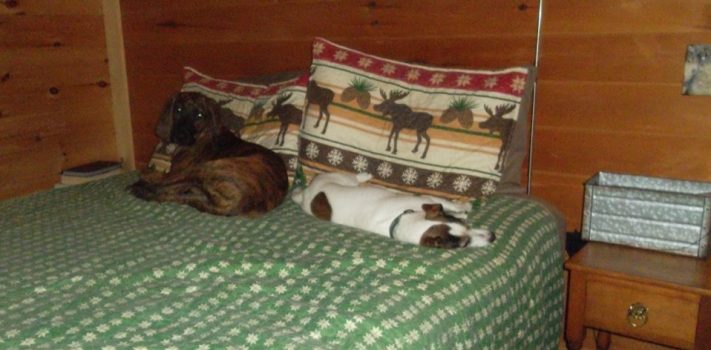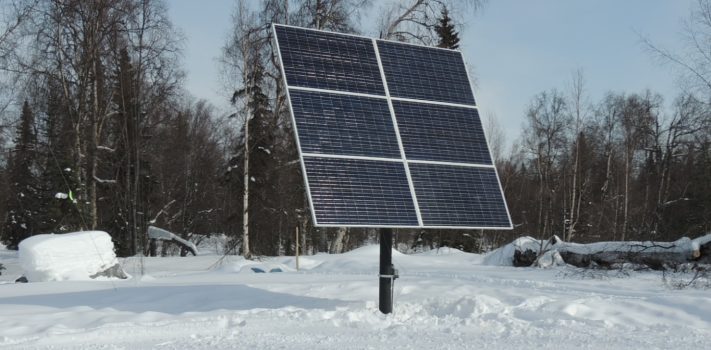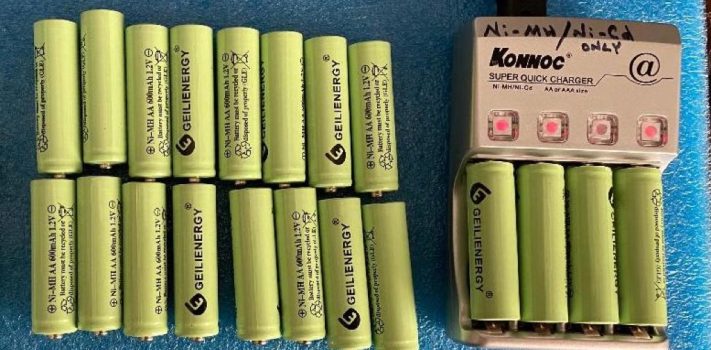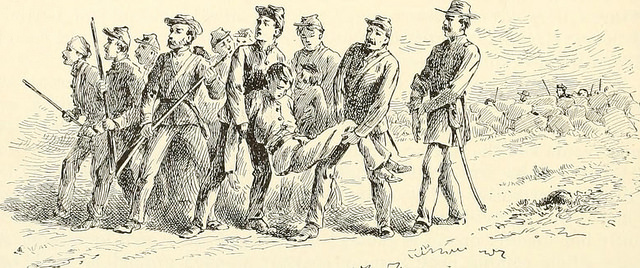A Local Disaster Network – Part 5, by J.M.
(Continued from Part 4. This concludes the article.) Cloud Dancing Next, we’ll set up the Nextcloud application. Assuming your laptop and Raspberry Pi are still connected to your GL.iNet router and it has Internet access, open up a web browser on your laptop and enter the following address: ‘http://nextcloud.local’ – depending on your operating system and browser you may get a warning that says the connection isn’t private – just click to proceed anyway (or click on ‘Advanced’ and then ‘Proceed’). The first screen that will pop up is the following: You’ll notice that there …









